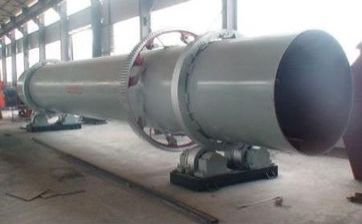The key to the operation of the rotary kiln is to control the temperature in the kiln, because the material in the kiln can only be used to smoothly burn the raw materials, and only at the appropriate temperature can obtain higher yield. In actual production, when the yield is lowered or the calcination quality is low, the temperature in the kiln is usually used to find problems. So what is the "appropriate temperature" and how is it controlled?
First, the appropriate temperature needs to meet the following three points
1. The flame temperature of the fuel combustion should reach 1600-1800 degrees Celsius, which means continuous high temperature.
The flame should have the proper length.
3. The heat source is in the proper position.
Second, the heat source quality requirements
At present, the heat source of the rotary kiln is mainly pulverized coal. The coal composition of different producing areas is different, the calorific value is different, and the material effect after burning is different. That is to say, controlling the quality of pulverized coal entering the kiln is very important for controlling the kiln temperature. According to the above several conditions, the quality requirements for kiln coal powder are as follows:
1. Calorific value: > 20600KJ / KG.
2, volatilization point: 18-30%
Gray: <25-30%
4, moisture: <1-2%
5, fineness: <15%
If the heat source coal powder of the rotary kiln meets the above requirements, the temperature, strength and flame stability of the kiln firing zone can be better ensured, thereby ensuring efficient and stable production of the cement rotary kiln.
The tailings of rotary kiln are generally treated directly, which not only wastes resources, but also is easy to pollute. Therefore, the use of zinc oxide rotary kiln tail slag to produce ceramsite is of great significance for the development of circular economy and environmental protection.







